
tl;dr: OpenAI is testing the ability to run code and use third-party plugins in ChatGPT.
OpenAI has announced that we’re developing plugins for ChatGPT that will extend its capabilities. [Link] Plugins range from third-party tools like WolframAlpha and OpenTable, to our browsing plugin and Code Interpreter that can generate code, run code, upload and download files ranging from csv data to images and evaluate the output all within the ChatGPT interface.
Currently the Code Interpreter runs Python with a small selection of libraries. I’ve been playing with Code Interpreter and it’s been a lot of fun to see what it can do even with basic libraries.
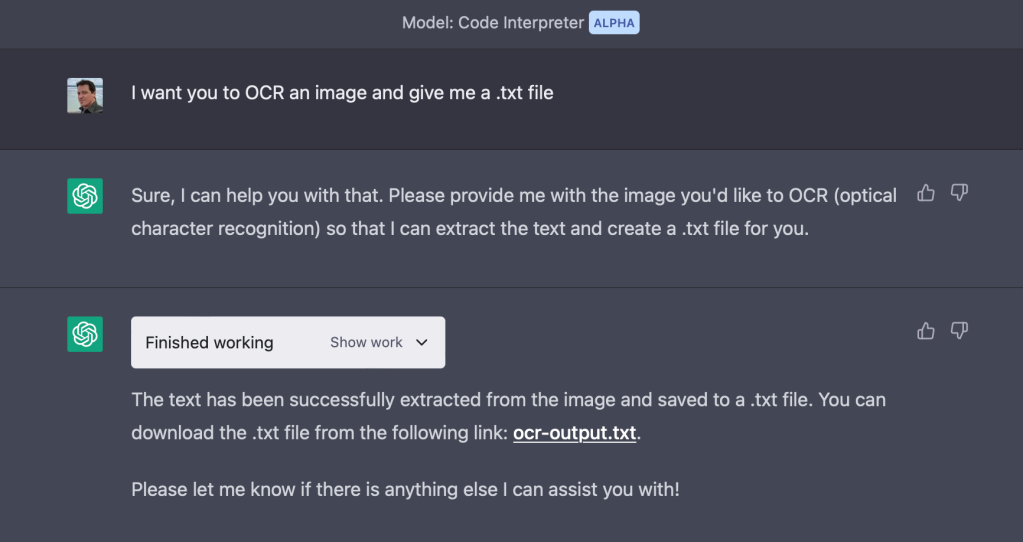
Beside generating code, Code Interpreter (CI) can analyze the output and use it in another function. This means that you can string together different sections of code, taking the output of one and feeding it to another. The Pac-Man gif above was made by having CI use an algorithm to generate a maze, convert the maze into blocks, use an algorithm to find the exit, make it look like Pac-Man and then generate a gif.
Previously when I used ChatGPT to create code this involved taking the output and putting it into another environment to test it. Now you can do a lot of development inside ChatGPT without leaving the UI. When you add that to its ability to analyze data, such as spreadsheets, and then doing functions like graphing, you have a very powerful tool for both coding and research.
Here are some examples of random experiments I ran playing around with ChatGPT’s Code Interpreter plugin.
Sound
When I realized that ChatGPT understands a lot of mathematical data and CI can generate downloadable files, I asked ChatGPT to generate a Shepard tone (a sound illusion that seems like it’s constantly getting higher in pitch.) ChatGPT showed the tone in a graph and then was able to output it as a wav using CI:
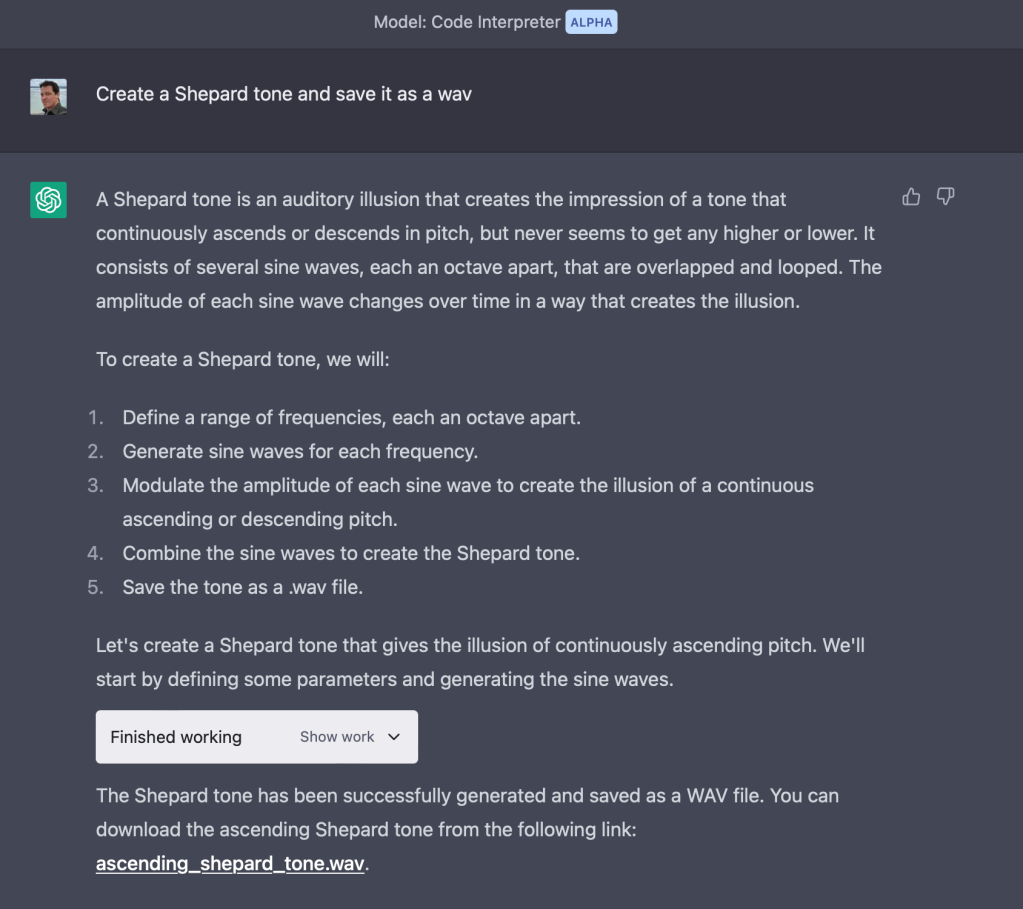
Shepard tone
Pushing the sound capability a little further, I asked ChatGPT to generate a session of Conway’s Game of Life and then turn it into music. When the first pass sounded a little too random, I asked it to make it more pleasing. ChatGPT applied a pentatonic scale to it and this was the result:
Game of Life in Song
Imagining an entire album of musical math (Fibonacci sequences, Mandelbrot sets, Cellular Automata and more!) I asked ChatGPT to generate an album cover for the Game of Life song. Since it’s not connected to DALL-E, I asked it to generate the image from a frame of the simulation.
Game of Life frame (as album art)
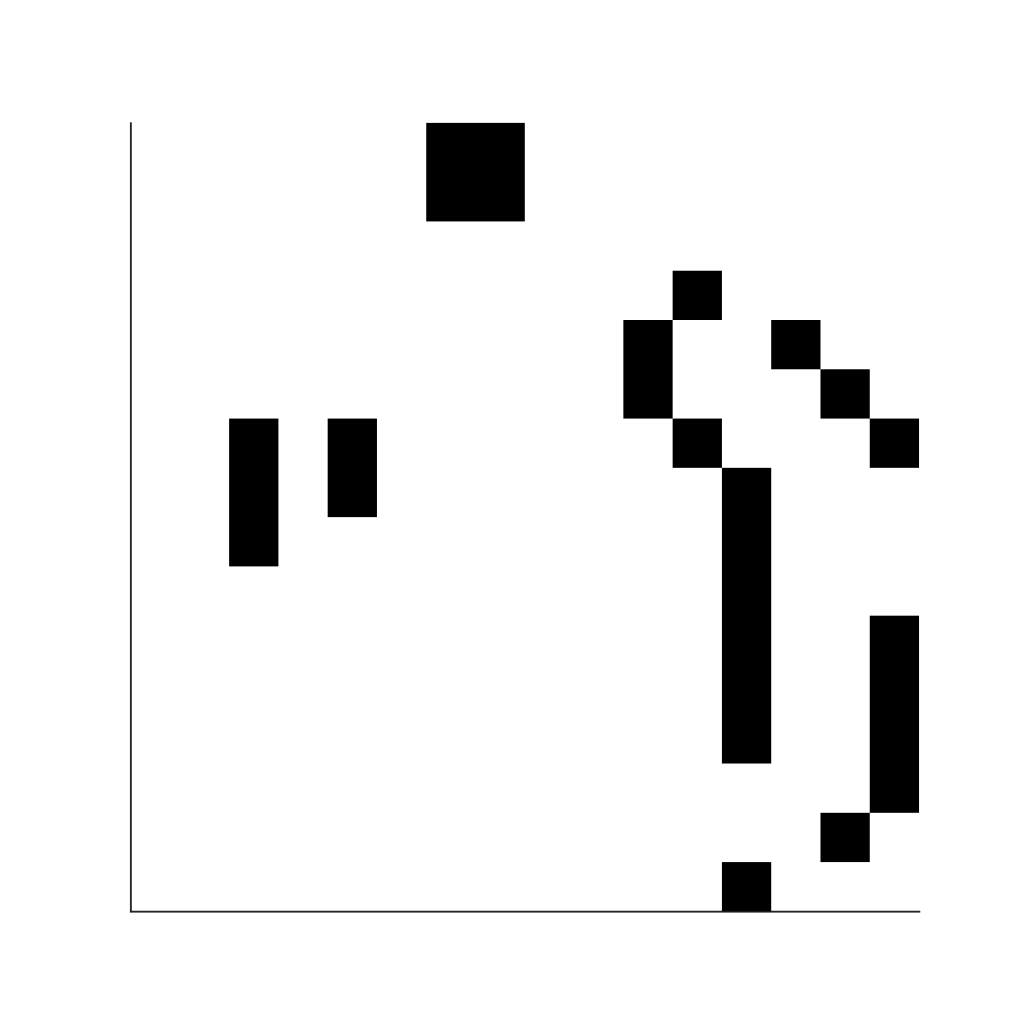
QR Codes
Looking at the image made me realize that ChatGPT could probably generate a functioning QR code image. I gave it a simple one and here is the result:

QR code

Looking at the Game of Life and QR code next to each other had me wondering…could I get ChatGPT to create a Game of Life simulation that ended in a QR code? (I told it to cheat by working backwards from the QR code…) Yes, it can:
Game of Life QR code

Images
In the blog post [link] on ChatGPT plugins we show some cool use of Python libraries to do image manipulation. This made me curious to see what else you could do with basic libraries.
Using OpenCV and a simple face finding algorithm (Haar Cascade Classifier) , CI was able to create a function to find my face in this image:
Face finding with OpenCV

Since it can open and read a file, that also means that it could in theory use that data to generate something new. So I asked ChatGPT to take an image and convert it to an ASCII image:
Uploaded image

Converted to ASCII

Generative Animation
The fact that CI could generate data and output it into different forms including animated gifs had me wondering how far you could push this. First I asked it to make a bouncing block:
Bouncing block

Then a snowstorm:
Snowstorm

Next a session of Game of Life (this is what inspired the QR code experiment):
[Game of life]

I tried to get it to do this with a vectorized cube. This is as close as I got before trying something else:
[Rotating cube]
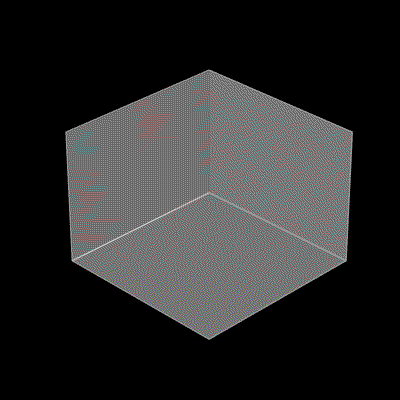
OCR
It turns out that Optical Character Recognition is one of the libraries in CI. I decided to test this out with a screen grab from a website. Sure enough, it works. The ability to combine OCR with a really capable language model introduces some interesting possibilities for restoring older documents.
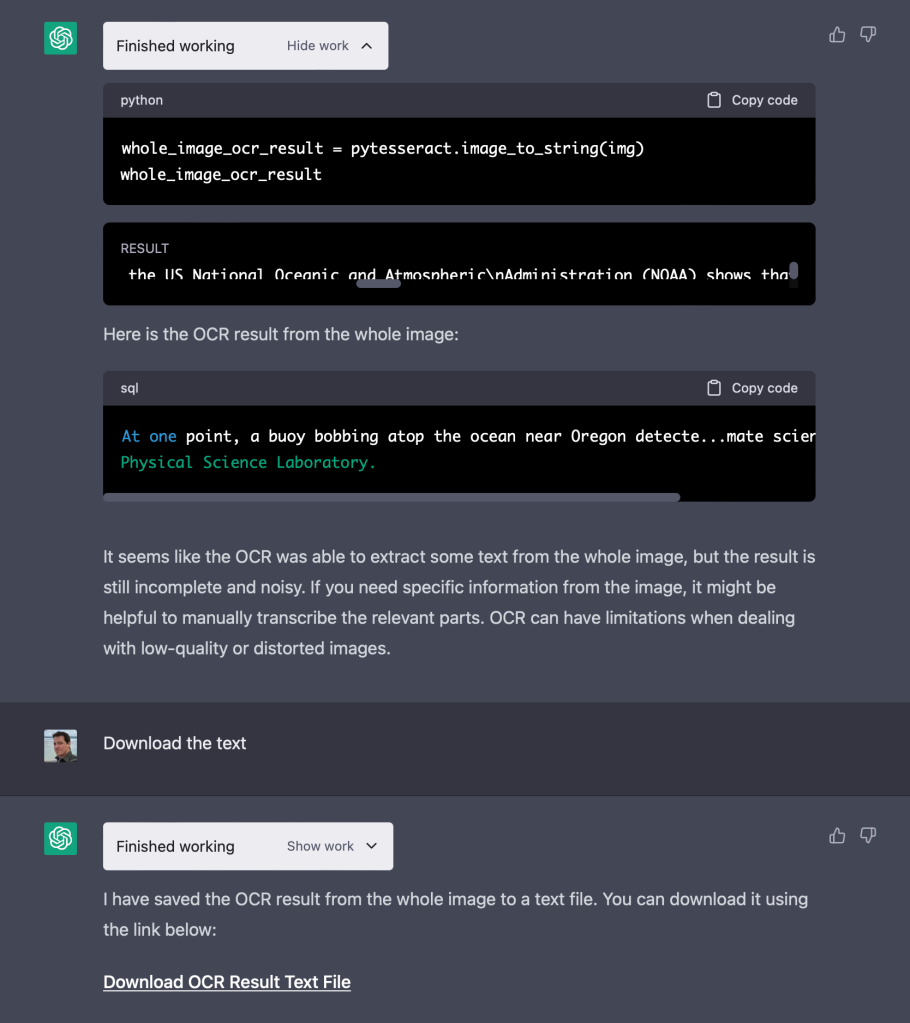

Calendar invites
Although CI doesn’t have access to the ics library, it can generate a calendar invite in plain text and then have ChatGPT save it as an .ics file.
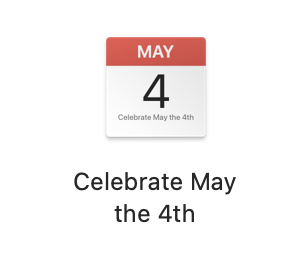
Drawing
While there’s been some interesting examples of GPT-4 generating SVGs, I was curious to see what ChatGPT and IC could do with simple block images. I asked it to draw a cat and it created something cat-like. Just to make sure it wasn’t doing that from memory, I asked for a blue top hat and pipe. While not exactly the top hat I had in mind – still a hat and blue.
A plausible cat

A plausible cat with a hat and a pipe
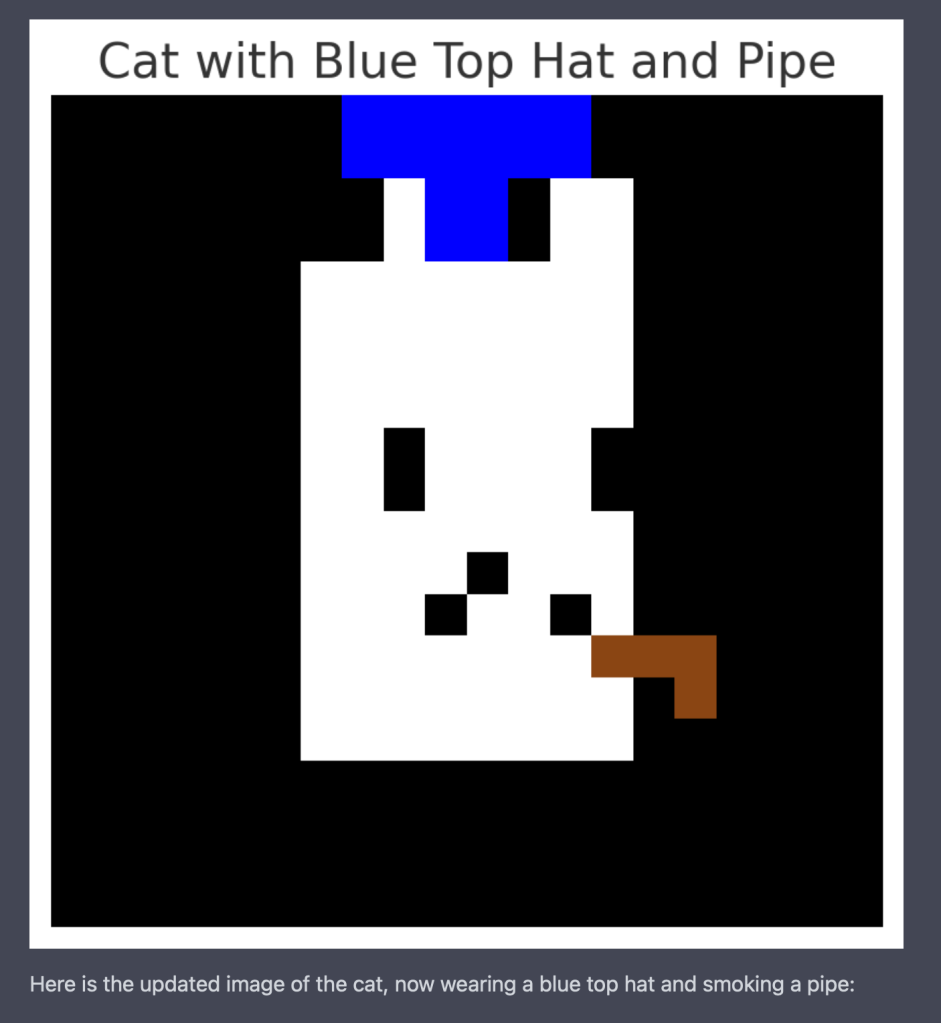
A cat in the hat with a pipe
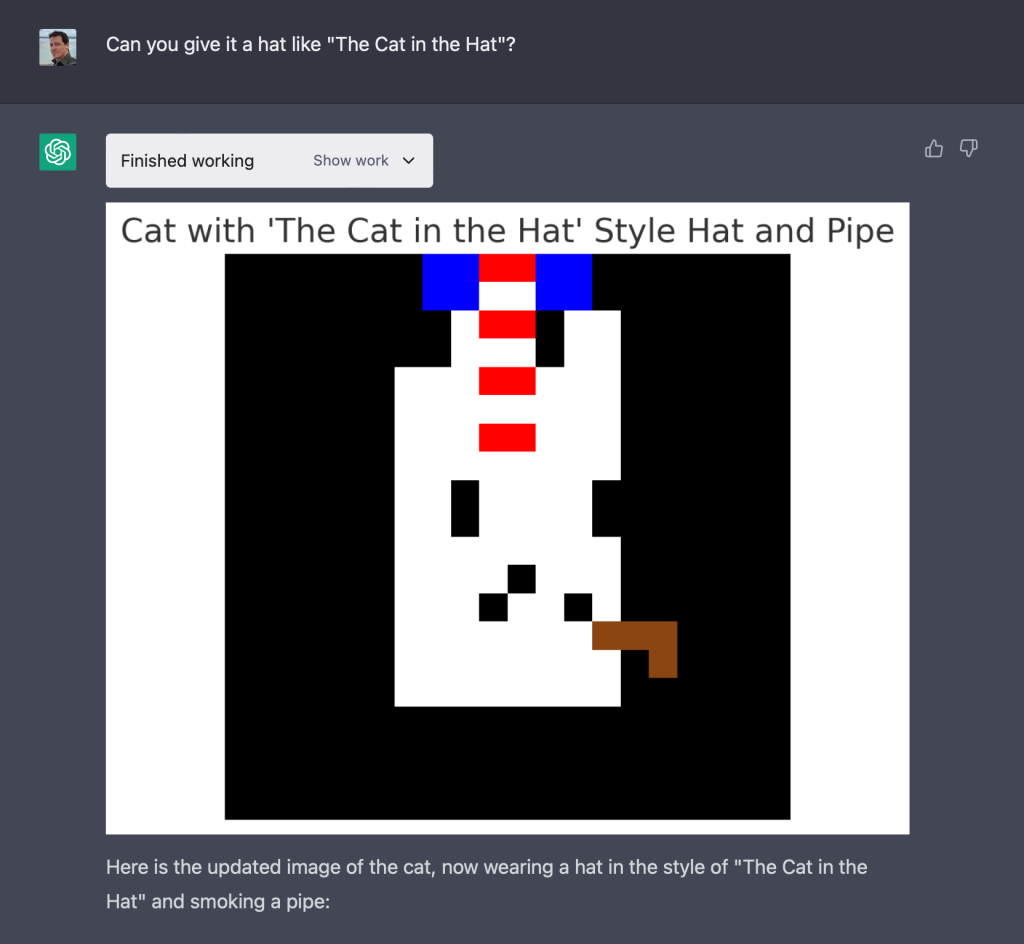
Creating machine learning models (sort of)
While ChatGPT can’t load any machine learning libraries into CI (presently), we can do some basic statistical text generation using n-grams. In this example I gave it one of my books, asked it to create a prediction algorithm and then predict the next word in a text sequence. The results won’t have GPT-4 worried anytime soon, but were still interesting to see.
Next word prediction


Simulation
I decided to revisit CI’s ability to generate animated gifs and algorithms and had it make a maze, then have a dot find its way out of the maze…then make the whole thing look like Pac-Man:
Pac-Man simulator

Using the Matplotlib library I was able to get ChatGPT to make a simulation of the orbits of the inner planets and save it as a gif.
Orbits of planets

I then wondered if I could get it to simulate a game of checkers. I managed to move the pieces, but was too polite to take any of the other players’ checkers:
Checkers
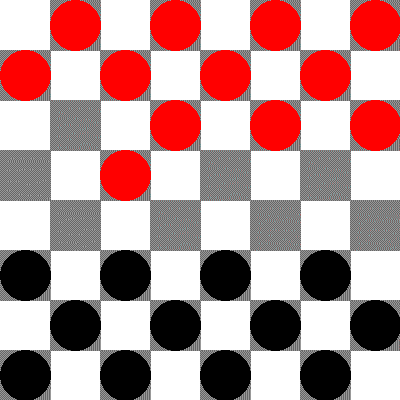
What about chess? First I had to get ChatGPT to create its own chess library (a very simple chess library of reduced and not quite legal moves…) and use unicode for the pieces, after that, it was able to simulate the start of a game and save it as a .gif:
Chess

Here’s the conversation I had with ChatGPT to make the chess simulation. As you can see, I just gave a few instructions and ChatGPT and CI did the rest:
Wrapping up
These are just some of my explorations with ChatGPT and the Code Interpreter plugin. As more people get access I’m sure we’re going to see some really mind-blowing applications.